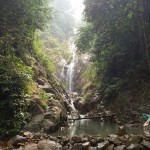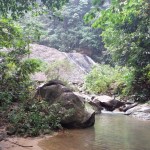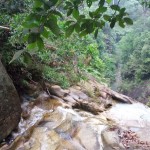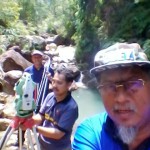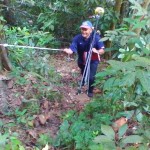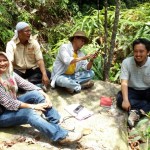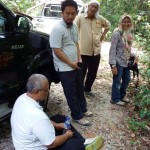Figure 1: Layered soil : A represents soil; B representslaterite, a regolith;C represents saprolite , a less-weathered regolith;the bottom-most layer represents bedrock.
Soil is a mixture of minerals, organic matter, gases, liquids, and the countless organisms that together support life on Earth. Soil is a natural body called the pedosphere which has four important functions: it is a medium for plant growth; it is a means of water storage, supply and purification; it is a modifier of Earth’s atmosphere; it is a habitat for organisms; all of which, in turn, modify the soil.
Soil is called the “skin of the Earth” and interfaces with its lithosphere, hydrosphere, atmosphere, and biosphere.[1] The term pedolith, used commonly to refer to the soil, literally translates ‘level stone’. Soil consists of a solid phase (minerals and organic matter) as well as aporous phase that holds gases and water.[2][3][4] Accordingly, soils are often treated as a three-state system of solids, liquids, and gases.[5]
Soil is a product of the influence of the climate, relief (elevation, orientation, and slope of terrain), organisms, and its parent materials(original minerals) interacting over time.[6] Soil continually undergoes development by way of numerous physical, chemical and biological processes, which include weathering with associated erosion.
Most soils have a density between 1 and 2 g/cm3.[7] Little of the
soil of planet Earth is older than the Pleistocene and none is older than the Cenozoic,[8] although fossilized soils are preserved from as far back as the Archean.[9]
Soil science has two basic branches of study: edaphology and pedology. Edaphology is concerned with the influence of soils on living things. Pedology is focused on the formation, description (morphology), and classification of soils in their natural environment,.[10] In engineering terms, soil is referred to as regolith, or loose rock material that lies above the ‘solid geology’.[11] Soil is commonly referred to as “earth” or “dirt“; technically, the term “dirt” should be restricted to displaced soil.[12]
As soil resources serve as a basis for food security, the international community advocates for its sustainable and responsible use through different types of Soil Governance.
Source: https://en.wikipedia.org/wiki/Soil


